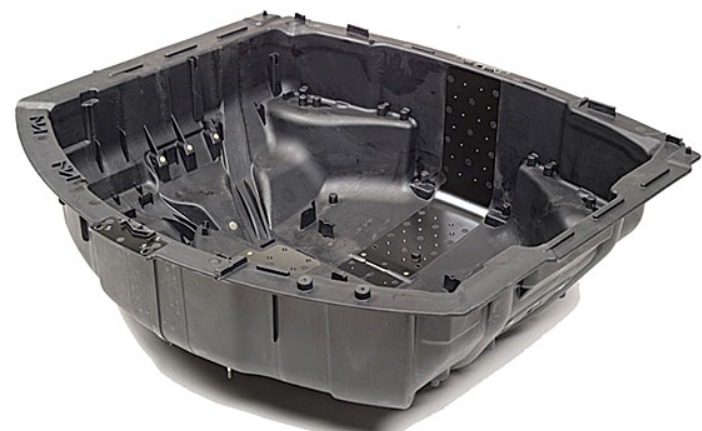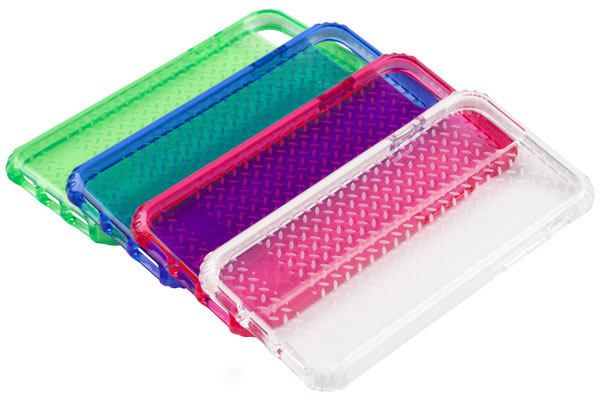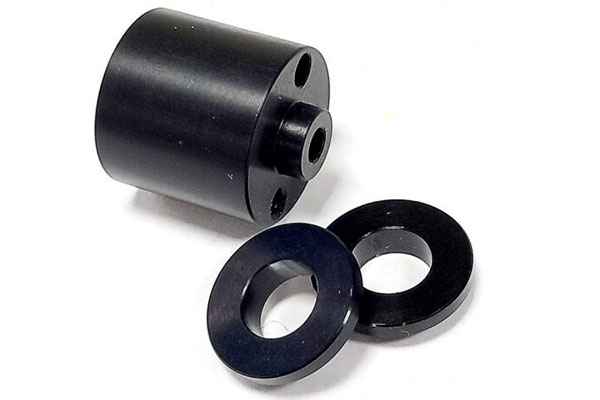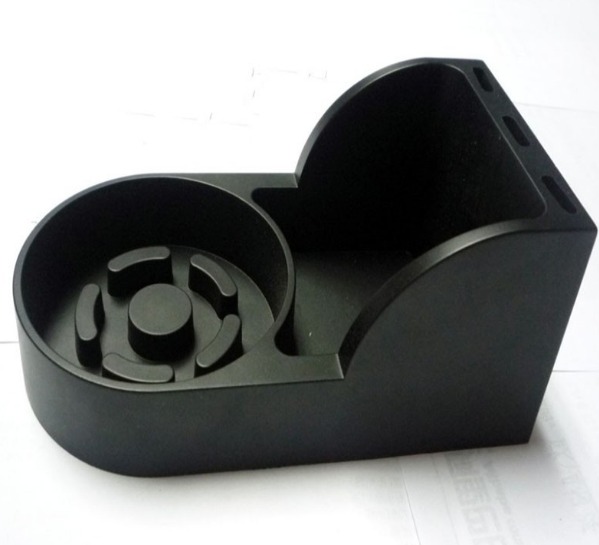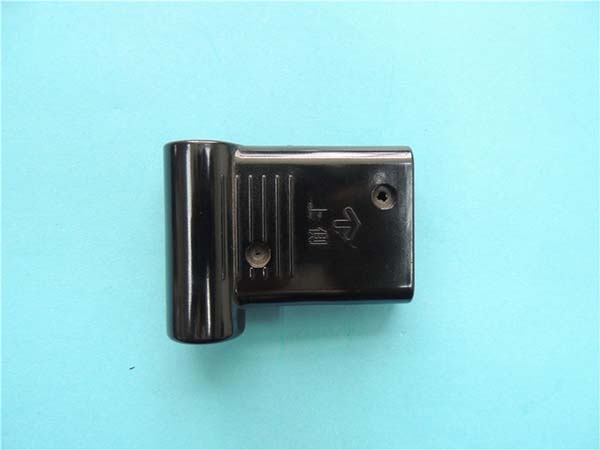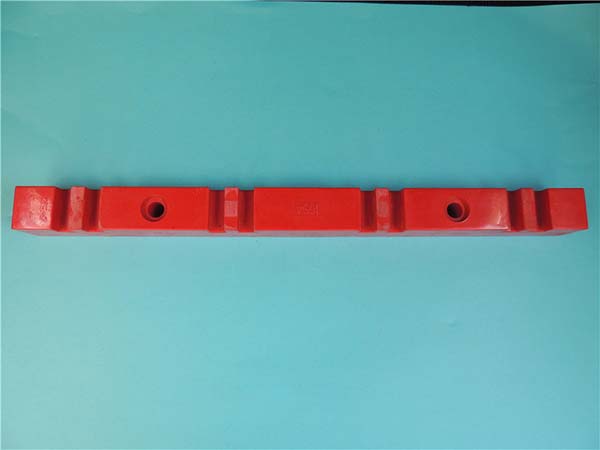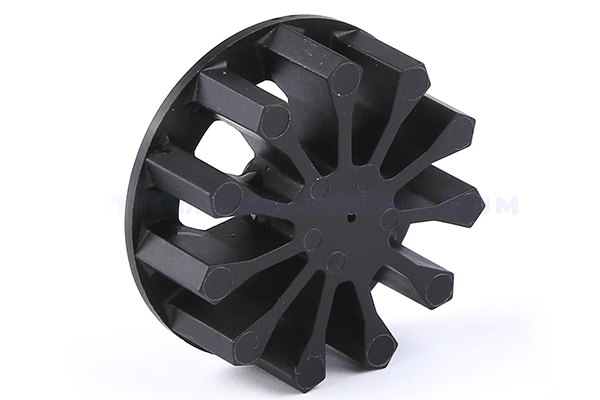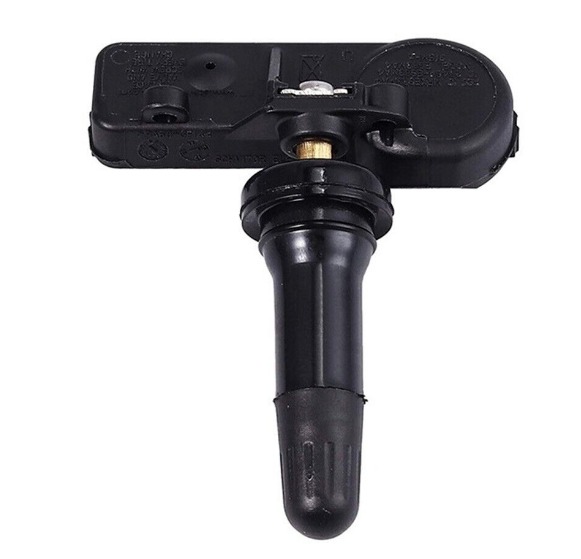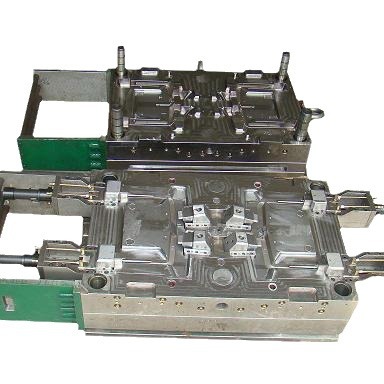What are Injection Moulding Tool Parts
Definition and Basic Concept
Injection moulding is a widely used manufacturing process for producing plastic parts in large quantities. Injection moulding tool parts are the essential components that make up the mould used in this process. These parts are designed to shape the molten plastic material into the desired form as it cools and solidifies within the mould cavity. In simple terms, they are like the building blocks that enable the creation of countless plastic products we use in our daily lives, from small toy components to large automotive parts.
Core Components Breakdown
- Core and Cavity:
- The core is a crucial part of the injection mould. It forms the internal features of the plastic part. For example, in the production of a plastic bottle, the core would create the hollow inner space. It is typically made of high - quality steel to withstand the high pressures and temperatures during the injection moulding process.
- The cavity is the opposite of the core. It defines the outer shape of the plastic part. If we continue with the plastic bottle example, the cavity would shape the outer walls, neck, and cap - receiving area of the bottle. The surface finish of the cavity has a direct impact on the surface quality of the final product. A highly polished cavity will result in a smooth - surfaced plastic part, while a textured cavity can create products with a specific surface texture, like a matte finish on a smartphone case.
- Gating System:
- The gate is the entry point through which the molten plastic enters the mould cavity. There are various types of gates, each with its own advantages. For instance, a pin - point gate is very small in diameter and is often used for products where a minimal gate vestige is required, such as small, high - precision plastic components. It allows for precise control of the plastic flow and helps in reducing the size of the gate mark on the final product.
- The runner is the channel that connects the injection nozzle of the injection moulding machine to the gate. It distributes the molten plastic evenly to all the cavities in a multi - cavity mould. In a well - designed runner system, the pressure drop along the runner is minimized to ensure consistent filling of all cavities. For example, in a mould producing multiple identical plastic caps, the runner system is designed to deliver the plastic to each cap - forming cavity at the same rate and pressure.
- Ejection System:
- Ejector pins are one of the main components of the ejection system. Once the plastic part has cooled and solidified in the mould, these pins push the part out of the cavity. They are strategically placed in areas where the part can be easily ejected without causing damage. For a flat plastic plate, ejector pins might be placed around the perimeter or at evenly spaced intervals across the plate.
- The ejector plate is a larger component that holds the ejector pins in place. When activated by the injection moulding machine, the ejector plate moves forward, pushing the ejector pins and thus ejecting the plastic part.
Types of Injection Moulding Tool Parts
Standard vs Non - Standard Parts
When it comes to injection moulding tool parts, understanding the difference between standard and non - standard parts is crucial. Here is a comparison presented in a table format:
| Aspect | Standard Parts | Non - Standard Parts |
| Design | Follows established industry standards and specifications. For example, standard ejector pins usually come in common diameters such as 2mm, 3mm, and 5mm, with standard lengths that are multiples of 10mm. Their designs are well - documented and widely available in industry catalogs. | Tailored to specific, unique requirements of a particular injection moulding project. A non - standard core might be designed with a complex, irregular shape to create a plastic part with intricate internal features that cannot be achieved using standard designs. |
| Manufacturing | Manufactured in large quantities using high - volume production methods. This leads to cost - effectiveness as the production process is streamlined. For instance, standard runner systems can be mass - produced with consistent quality and tolerances. The manufacturing tolerances are also within the common industry - accepted ranges, usually around ±0.05mm for basic components. | Requires custom manufacturing processes. Specialized machining techniques like electrical discharge machining (EDM) may be needed to create the precise and often complex shapes. The manufacturing process is more time - consuming and costly due to the need for custom tooling and tight, unique tolerances, which can be as tight as ±0.01mm in some cases. |
| Application | Suitable for a wide range of general - purpose injection moulding applications. Standard gating systems are used in most common plastic product manufacturing, such as plastic containers, toys, and basic household items. | Used in projects where the product requirements deviate from the norm. Non - standard parts are essential for producing high - end, precision - engineered products like aerospace components or medical devices with strict regulatory requirements, where standard parts cannot meet the specific performance and design needs. |
Specialized Parts for Unique Applications
In certain industries, specialized injection moulding tool parts are essential to meet the unique requirements of the products.
- For Precision Electronic Components:
- In the production of small, high - precision electronic components like connectors for printed circuit boards, the injection moulding tool parts need to be extremely precise. The cores and cavities are designed with tolerances in the micron range (e.g., ±0.005mm). This is because even the slightest deviation in the mould can lead to misalignment of the electrical contacts in the connector, affecting its functionality.
- Specialized gating systems are also used. A hot runner system with multiple pinpoint gates is often preferred. The hot runner system helps to maintain the molten state of the plastic during the injection process, reducing waste and ensuring consistent material flow. The pinpoint gates allow for precise injection of the plastic into the small cavities, creating components with smooth surfaces and accurate dimensions.
- For Automotive Interior Components:
- When manufacturing automotive interior parts such as dashboard panels, the injection moulding tool parts need to be designed to handle large - scale production while also meeting aesthetic and safety requirements. The cavities are designed to create a smooth, scratch - resistant surface on the plastic part.
- The ejection system is also specialized. Instead of traditional ejector pins, air ejection systems may be used. This is because ejector pins can leave marks on the visible surface of the dashboard, and air ejection provides a more gentle and uniform way of removing the large, flat - shaped plastic parts from the mould without causing any cosmetic damage.
Yigu Technology's Perspective
As a non - standard plastic metal products custom Supplier, Yigu Technology understands the significance of injection moulding tool parts in various industries. We take pride in our ability to provide customized solutions that meet the unique requirements of our clients.
When it comes to material selection, we have an in - depth understanding of different materials and their properties. We offer a wide range of materials, including high - grade steels, aluminum alloys, and specialized plastics. For example, for parts that require high wear resistance, we recommend using tool steels with excellent hardness and toughness. This ensures that the injection moulding tool parts can withstand the rigors of the production process and have a long service life.
Our customization services are comprehensive. We work closely with clients from the initial design stage. Our experienced engineers use advanced CAD/CAM software to create detailed 3D models of the non - standard parts. This allows clients to visualize the final product and make any necessary adjustments. Once the design is finalized, we use state - of - the - art manufacturing equipment, such as high - precision CNC machines, to produce the parts with tight tolerances.
Quality control is at the core of our operations. We have a strict quality management system in place. Each injection moulding tool part undergoes multiple inspections during the production process, from raw material inspection to the final product inspection. We use advanced inspection tools like coordinate measuring machines (CMM) to ensure that the parts meet the exact specifications. This way, we can help our clients solve the common problems related to non - standard injection moulding tool parts, such as inconsistent quality and inaccurate dimensions. Whether it's for a small - scale prototype or a large - scale production run, Yigu Technology is committed to delivering high - quality, customized injection moulding tool parts.
FAQ
Q1: How to choose the right material for injection moulding tool parts?
The choice of material for injection moulding tool parts depends on several factors. For parts that require high strength, such as cores and cavities for large - scale industrial products, tool steels like P20 or H13 are often preferred. P20, a pre - hardened steel, has good machinability and is suitable for general - purpose moulds. H13, on the other hand, offers excellent heat resistance and toughness, making it ideal for moulds used in high - temperature injection processes. If the part needs to have good corrosion resistance, stainless steels can be considered, especially when moulding plastics that may release corrosive substances during the injection process, like some halogen - containing plastics. For components where weight is a concern, such as in the aerospace industry, aluminum alloys can be a viable option, although they may have lower strength compared to steels but offer better thermal conductivity in some cases.
Q2: What is the typical lifespan of injection moulding tool parts?
The lifespan of injection moulding tool parts varies widely based on multiple factors. For standard parts in normal use conditions, such as standard ejector pins made of common tool steel in a general - purpose injection moulding operation with moderate production volume (say, 50,000 - 100,000 shots per year), they can last for several years or up to 200,000 - 300,000 shots before significant wear or failure occurs. However, if the mould is used in high - volume production (more than 500,000 shots per year) or under harsh conditions (high temperatures, high pressures, or abrasive plastics), the lifespan may be reduced to 100,000 - 150,000 shots. Components that are well - maintained, with regular lubrication and proper cooling, tend to last longer. For example, if the ejection system is regularly cleaned and lubricated, the ejector pins can maintain their functionality for a longer time.
Q3: Can injection moulding tool parts be repaired?
Many injection moulding tool parts can be repaired. Minor surface damages, such as scratches or small dents on the core or cavity surfaces, can often be repaired by polishing or using precision grinding techniques. For more significant damage, like a cracked core or a broken ejector pin, welding (such as tungsten inert gas welding for steel parts) can be used to repair the part if the crack is not too extensive. However, the cost of repair needs to be considered. If the cost of repair is close to or exceeds the cost of replacing the part, especially for standard parts that are readily available, it may be more economical to replace the part. Also, for non - standard parts with complex geometries, the feasibility of repair depends on the complexity of the damage and the available repair techniques. In some cases, specialized repair methods like electrical discharge machining (EDM) for re - shaping damaged areas may be required.
